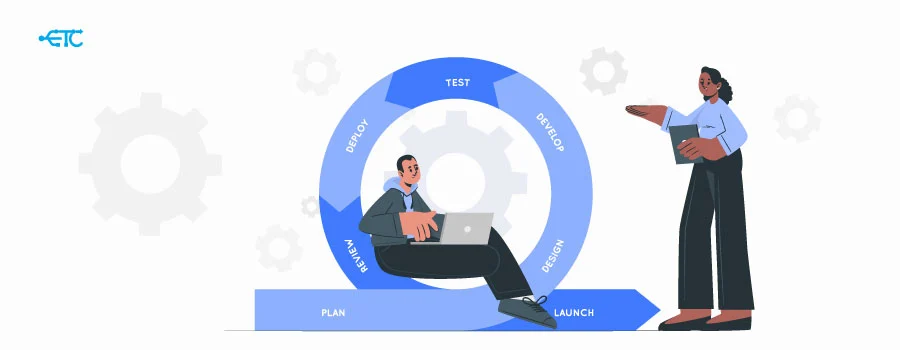Understanding Agile Development:
A Comprehensive Guide

Agile Development has become a buzzword in the world of software development, but what exactly does it entail, and how does it benefit businesses and teams ?
In this comprehensive guide, we’ll unravel the core concepts and practices of Agile Development, answering key questions to provide a solid foundation.
What is Agile Development?
Agile Development is an iterative and flexible approach to software development that prioritizes collaboration, adaptability, and customer feedback. It allows for the incremental and continuous delivery of functional software, making it easier to respond to changing requirements and customer needs. This methodology focuses on breaking down large projects into smaller, manageable pieces, ensuring that development teams can deliver value to users quickly.
What are the principles key of Agile Development?
At the heart of Agile Development are key principles that guide its implementation.
These principles include:
• Customer satisfaction through early and continuous software delivery.
• Accommodating changing requirements even late in the development process.
• Delivering working software frequently, often in short iterations.
• Emphasizing collaboration, motivated individuals, and self-organizing teams.
What are the most common Agile methodologies?
Several Agile methodologies have emerged, each with its own practices and processes.
Some of the most common ones include Scrum, Kanban, and Extreme Programming (XP). While these methodologies differ in their approaches, they all share the core Agile values of flexibility and collaboration.
What is the role of a Product Owner in Agile Development?
The Product Owner plays a pivotal role in Agile Development. They are responsible for defining and prioritizing the product backlog, which is a list of features and requirements.
Acting as a liaison between the development team and stakeholders, the Product Owner ensures that the team works on the most valuable features that align with the organization’s goals.
What is a Sprint in Scrum, and how long does it typically last?
In Scrum, a Sprint is a time-boxed iteration during which the development team works on a defined set of features. Sprints typically last between two to four weeks. The goal of each Sprint is to deliver a potentially shippable product increment. Sprints provide a clear structure for development and allow teams to focus on specific goals within a set timeframe.
How does Agile Development handle changing requirements?
Agile welcomes changing requirements, even late in the development process. This adaptability is facilitated through regular feedback, close collaboration with stakeholders, and the ability to reprioritize work in response to changing needs. Agile teams aim to be responsive to customer feedback and market shifts, ensuring that the final product meets evolving expectations.
What is a User Story in Agile Development?
A User Story is a fundamental component of Agile Development. It’s a brief description of a software feature from an end-user’s perspective. User Stories follow a specific format, commonly written as, “As a [user role], I want [an action] so that [a benefit].” These stories provide context and help development teams understand user needs and motivations.
What is the role of a Scrum Master in Scrum Agile?
The Scrum Master is a crucial role within Scrum Agile. They are responsible for ensuring that the Scrum team adheres to Agile principles and practices. Scrum Masters facilitate Scrum events, remove obstacles that impede the team’s progress, and help the team maximize its productivity and efficiency. They act as champions of the Agile process.
Can Agile Development be used in non-software projects?
Agile principles and methodologies are not limited to software development. They have been successfully applied in various industries, including product development, marketing, and even construction projects. Agile’s emphasis on flexibility and collaboration can enhance project management and increase the adaptability of teams in various domains.
📌For practical details, check out our methodologies page
What are the benefits of Agile Development for businesses?
Agile Development offers a multitude of benefits for businesses, including:
• Faster time-to-market, allowing products and features to be delivered more quickly.
• Improved product quality through continuous testing and validation.
• Enhanced customer satisfaction due to iterative and customer-focused development.
• Increased adaptability to changing market conditions, reducing risks.
• Encouragement of teamwork and transparency within development teams, leading to more effective collaboration.
Conclusion
Agile Development is a dynamic and customer-centric approach that has transformed the way software and non-software projects are executed. Its core principles of flexibility and collaboration are driving forces behind its widespread adoption and continued success in the business world.
